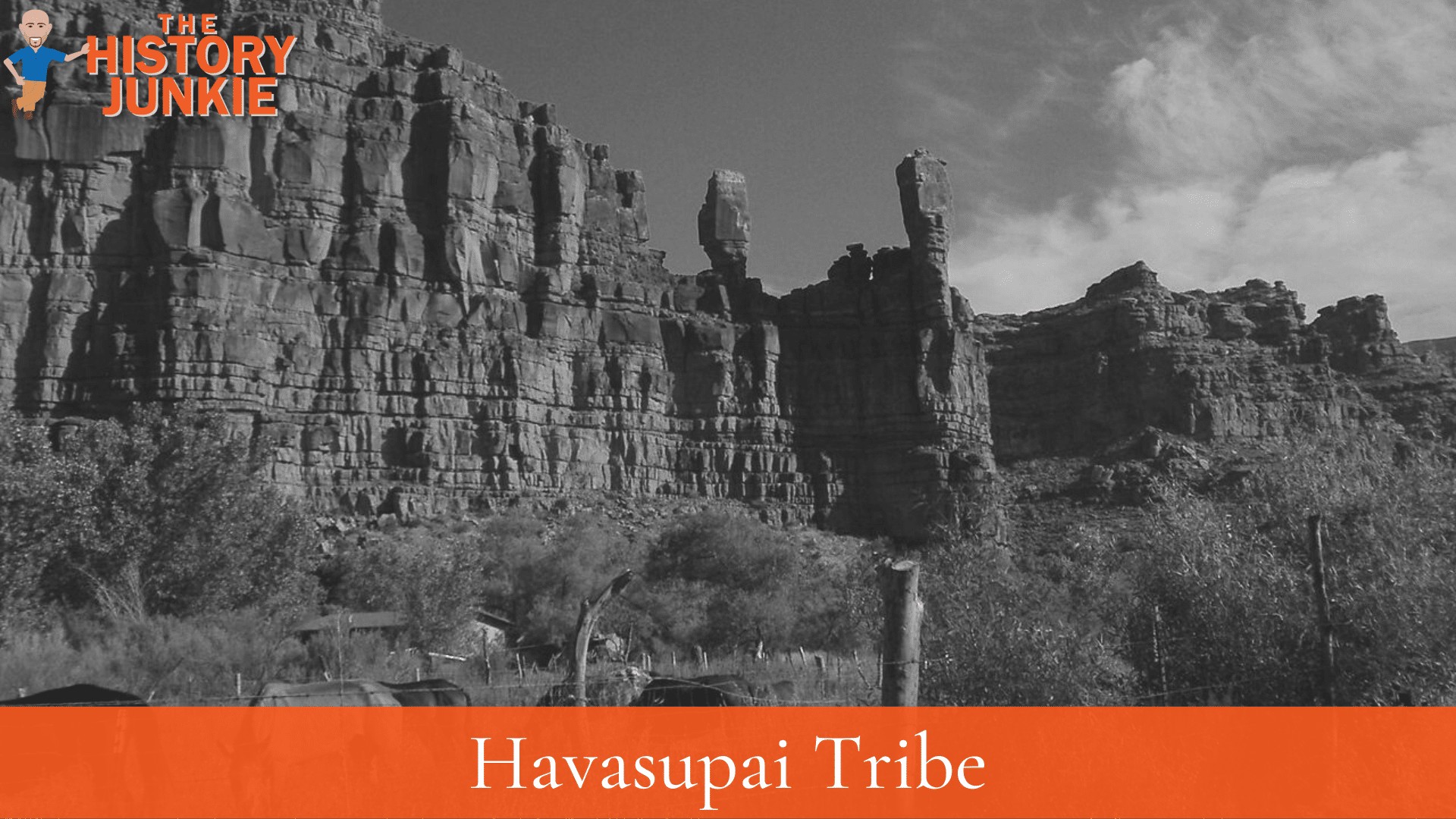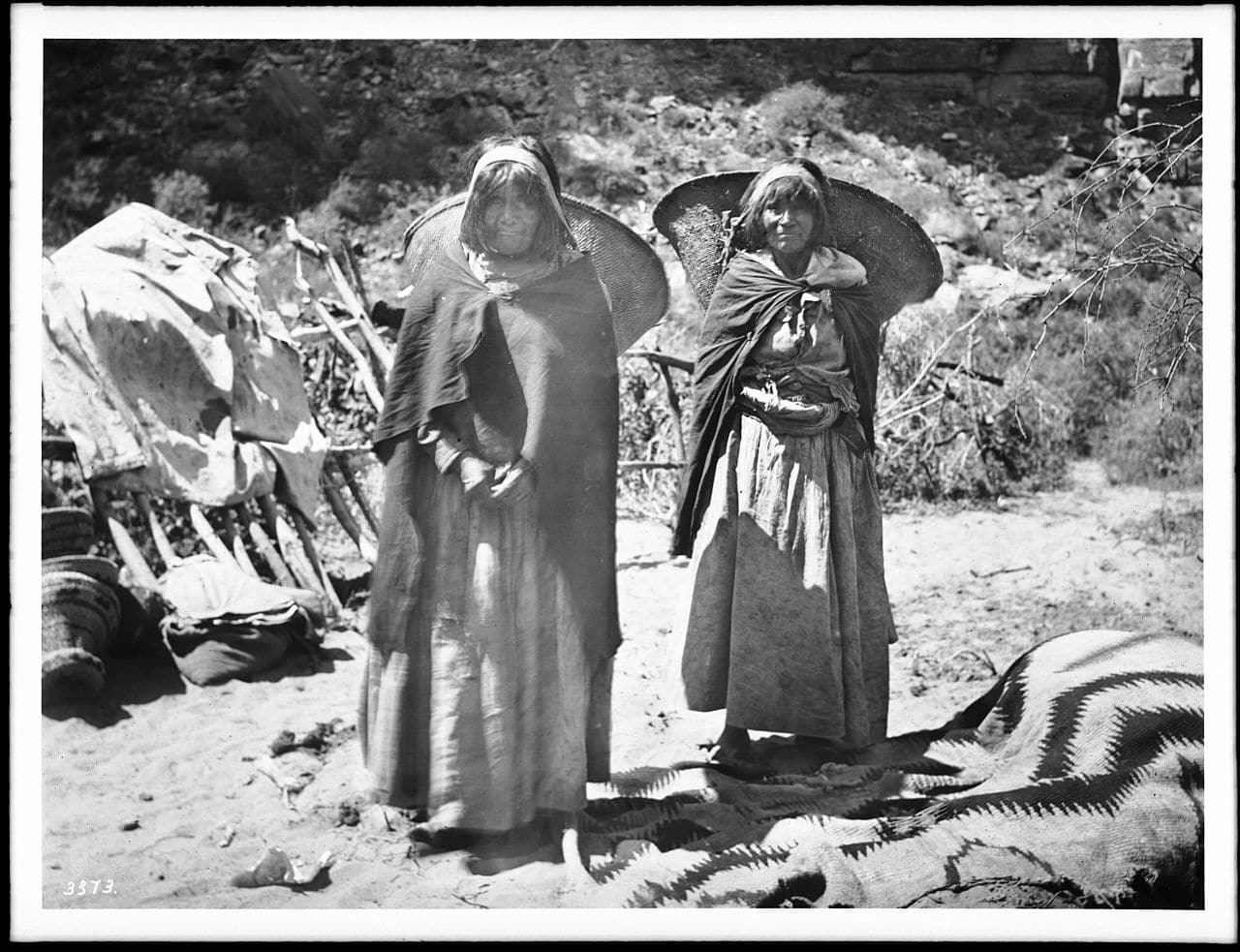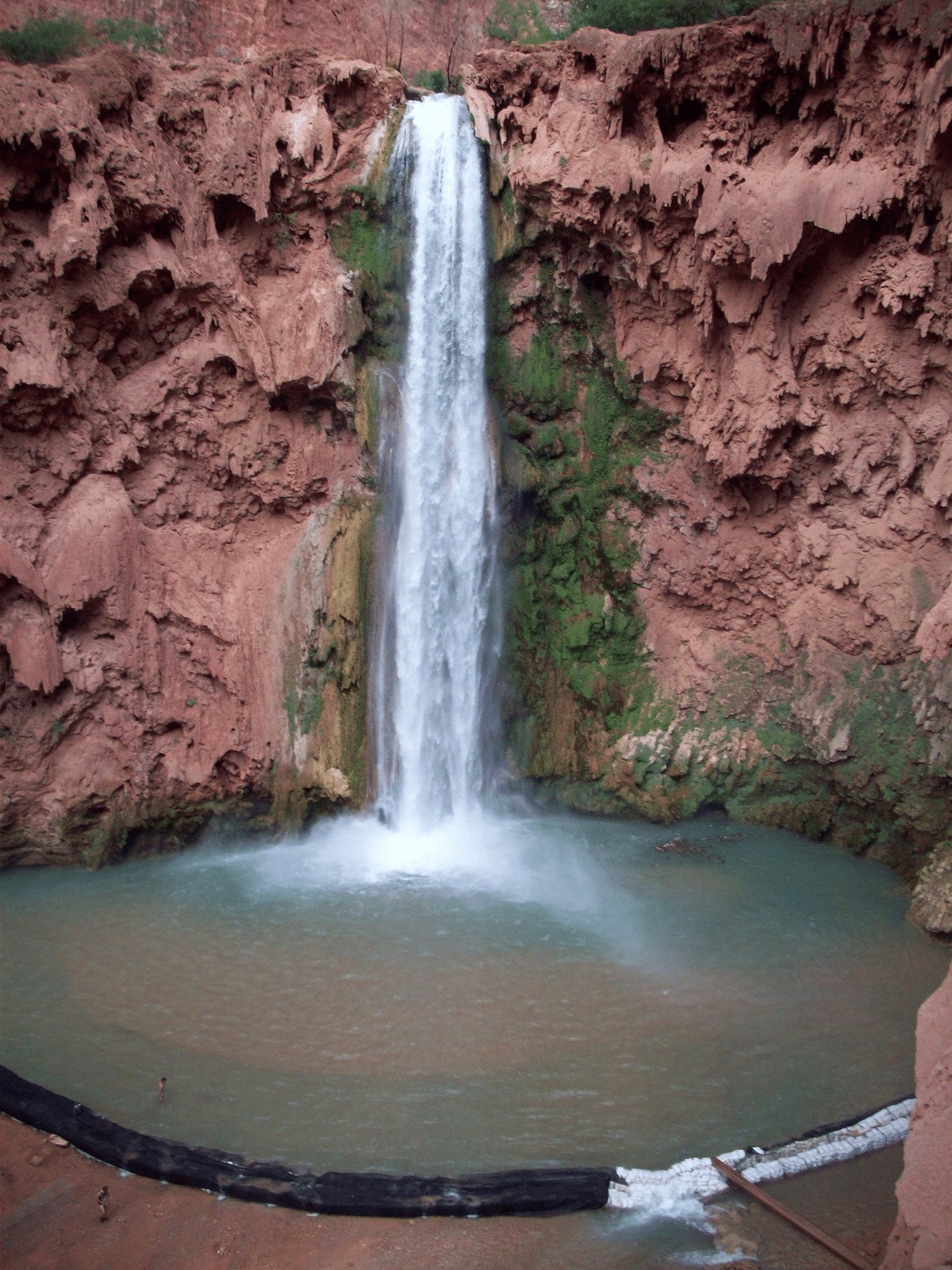
Jump to:
#1. The Havasupai Tribe Lives Inside The Grand Canyon
The Havasupai tribe is a Southwest Indian Tribe that is located within and around the Grand Canyon in Arizona. They are known as the "People of the Blue-Green Waters" due to the waters and waterfalls that surround them.
They once occupied as much land as the state of Delaware, but over time, due to American Expansion and the Grand Canyon being designated as a National Park, their land was encroached on. They lost most of it and only occupied a small section.
This occurred until they won a court case in 1975 that restored their land. Now, they thrive on a tourist industry that visits the Grand Canyon every year.
#2. They Were An Agrarian Culture

They depended a great deal on their agriculture to survive. They grew a healthy crop of corn, beans, squash, sunflowers, gourds, and some cotton. Their main crop was corn.
When the Spanish arrived, they were introduced to melons, watermelons, and orchard trees.
While they were excellent farmers, they were also skilled at hunting. They used the bow and arrow until westward expansion introduced them to the rifle.
They would hunt in large groups and share the game with the other tribesmen.
Lastly, women would also gather edible wildlife that grew in the area.
#3. Supai Is Their Capital Which Is Located At The Bottom Of The Grand Canyon
Supai is the Havasupai city at the bottom of the Grand Canyon.
The town is the capital of the Havasupai Indian Reservation in Coconino County. It is home to around 400 of tribe members and is one of the most remote cities in the contiguous United States, as it can only be accessed by taking old U.S. Route 66 and traveling about 60 miles along BIA Road 18 to the trailhead.
The city can be reached from the trailhead via an 8-mile hike. An alternative to the hike is a helicopter ride or a horse ride.
The town has 136 houses, a café, a general store, a tourist office, a lodge, a post office, and a school, among other buildings.
#4. Tourism Is Their Main Source Of Income

The Havasupai tribe once dominated the landscape and worked the land to support their population, but things changed with European colonization and American expansion.
As more settlers pushed into the wild west, more resources were used, and less land was available.
When the Grand Canyon became a national park, President Theodore Roosevelt required the tribe to move, and eventually, in 1975, their land was restored to them.
However, they changed their culture and adapted and now hand the tourism on the North side of the canyon. Tourists are required to pay a fee to enter into the reservation and must make reservations.
Tourism has not become the primary source of income for the tribe.
#5. Disease And Expansion Almost Destroyed The Havasupai Tribe
interaction with the settlers sparked deadly disease outbreaks among tribe members, who were ravaged by smallpox, influenza, and measles.
By 1906, only 166 tribal members remained - half the number Garcés saw when he first came across the tribe in 1776.
At one point, there were only 40 women and 40 men of childbearing age, which caused a genetic population bottleneck.
The tribe managed to survive, and did not mean an end like many Northeast tribes that forced them to merge into other tribes and lose their culture. They remained together and eventually established their sovereignty.
